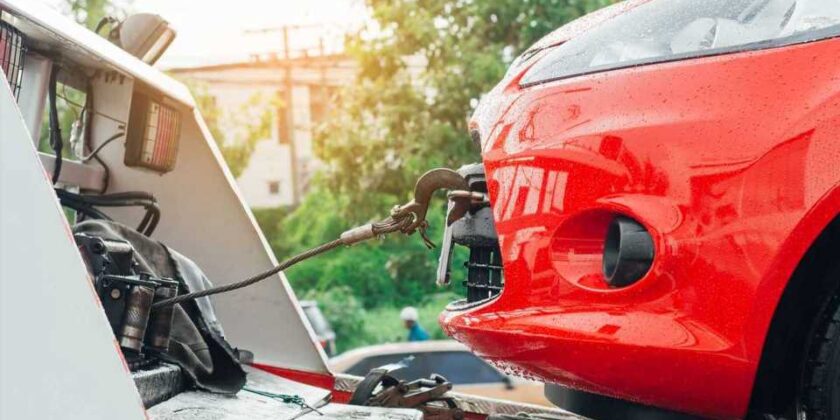There’s a storm brewing in the auto loan industry. In March, the percentage of delinquent subprime auto loans increased to 5.3 percent, up from 2.6 percent two years ago. This spells bad news for consumers, many of whom are struggling to make their loan payments. However, it means business is booming for one area of the economy. The towing and recovery industry is gearing up for what could be a banner year in business.
At the recent North American Reposessors Summit conference in Orlando, Florida, the talk is about finding enough workers to meet the rise in demand. “As the economy curves down, our industry curves up,” said Ben Deese, vice president at North Carolina-based Home Detective Co. The $1.7 billion industry primarily recovers assets like cars, trucks, and boats, all requiring skilled tow truck drivers.
When someone falls behind on their loan, a recovery agent is dispatched with a tow truck to repossess the vehicle for the lending company. The vehicle is then impounded and auctioned off by the financial institution or towing company. In most cases, a person has to be at least 60 to 90 days behind on their loan payments, but some companies that deal with subprime borrowers will repossess a vehicle if even a single payment is missed.
According to Cox Automotive, approximately 1.5 to 1.8 million vehicles are repossessed annually. The number dropped from 1.68 million in 2019 to about 1.1 million vehicles in 2021 during the pandemic’s peak before rising again last year. Despite the increase in delinquencies, lenders are still eager to make loans which are then repackaged into bonds and sold to investment firms, hedge funds, and other investors.
The concept of the repo man has been around since the Great Depression when companies like Ford and General Motors began offering car loans and hired companies to repossess those cars if buyers got behind on their payments. The job of tracking and recovering vehicles is dangerous, often leading to confrontations with the borrower. That’s why recently, the industry has taken advantage of technological advancements such as tracking features, license plate readers, and improvements in towing equipment, making seizures easier than ever.
Source: Bloomberg
Source: Read Full Article
